Let’s be real—no matter how amazing a teacher is, they can’t read every mind in the room (although many try). Every class is a mix of lightning-fast learners, deep thinkers who need more time, and students who thrive only when the lesson really clicks for them. Somewhere in between the “aha!” moments and the blank stares is where a big part of education happens—or gets lost.
That’s the gap we’re talking about. And in today’s fast-moving, tech-filled world, the challenge isn’t just teaching—it’s making sure those lessons land and stick.
Why the Gap Happens in the First Place
Think about the average classroom. A teacher’s juggling 20–30 students, a tight curriculum, and a ticking clock. Here’s why the “gap” between teaching and learning can sneak in:
- One-size-fits-all pace – The lesson has to move forward whether everyone’s ready or not.
- Different learning styles – Some kids learn best by seeing, others by hearing, others by doing. It’s tough to hit all three at once.
- Curriculum overload – There’s so much material to cover that revisiting tough topics often gets skipped.
- Life outside the classroom – Sleep, stress, home life, health—these all affect how well a student learns on any given day.
And the numbers back it up. A 2022 National Center for Education Statistics report found that 37% of fourth graders and 29% of eighth graders scored below the “basic” level in mathematics.
Meeting Students Where They Are
Bridging that gap doesn’t mean tearing up the lesson plan—it means making space for students to connect with the material in a way that works for them. Some winning strategies include:
- Tech that adapts to the student – Adaptive learning software adjusts in real time, giving each learner just the right level of challenge.
- One-on-one or small-group tutoring – The focused attention helps tackle problem areas quickly.
- Hands-on learning – Whether it’s science experiments or building projects, doing often beats just listening.
- More frequent check-ins – Feedback during the learning process (not just after a test) keeps everyone on track.
Why Tutors Are Secret Superheroes
Technology is great, but nothing beats a human who’s rooting for you. Tutors can zoom in on exactly where a student is getting stuck, and then break things down in a way that makes sense for them.
For example, parents can now easily find maths tutors online who tailor lessons to a child’s strengths, weaknesses, and pace. Sometimes, all it takes is one session with the right person to make a concept finally click.
Building a Whole Support Network
Closing the learning gap works best when it’s a team effort. Think of it as creating a “learning ecosystem” where students are supported everywhere they go:
- In the classroom – Teachers use tools that track who’s keeping up and who’s struggling in real time.
- After school – Tutoring, clubs, enrichment programs, and hands-on activities like sewing classes keep learning going.
- At home – Parents encourage curiosity with books, activities, and conversations.
- In the community – Libraries, museums, and local events become extra classrooms.
When all these pieces fit together, school stops being something that happens only from 8 to 3—it becomes a constant part of life.
How Technology Makes Personalization Easier
We’re living in a golden age for customized learning. With digital tools, students can replay a tricky lesson, explore a topic deeper, or even take a totally different approach until it clicks.
Here are some standouts:
- Learning management systems (LMS) – Like Google Classroom, these keep everything organized and track progress.
- Gamified learning apps – Lessons become challenges, badges, or levels to “beat.”
- Virtual labs – Perfect for schools without access to expensive science equipment.
Don’t Forget the Emotional Side
Learning isn’t just about what’s in a student’s head—it’s also about how they feel. Stress, anxiety, and low confidence can shut down learning faster than a broken Wi-Fi connection.
Teachers, tutors, and parents can help by:
- Letting students voice frustrations without fear.
- Celebrating small wins along the way.
- Treating mistakes as a natural (and necessary) part of learning.
Quick Wins for Parents and Educators
If you want to give a student an edge, here are a few simple steps that go a long way:
- Stay in the loop with teachers to spot trouble early.
- Make learning relevant by tying lessons to real-life examples.
- Use extra resources—workbooks, online courses, or even documentaries.
- Be patient—progress takes time.
- Lead by example—show your own love for learning.
The Big Picture
Closing the learning gap isn’t a one-time fix—it’s an ongoing process. But with the right mix of classroom strategies, tech tools, and personal support, students can do more than just meet expectations—they can exceed them.


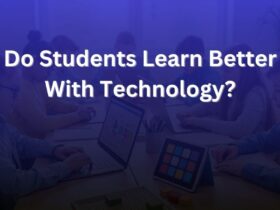



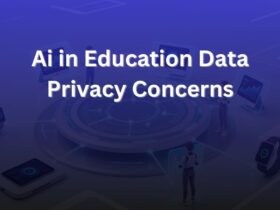
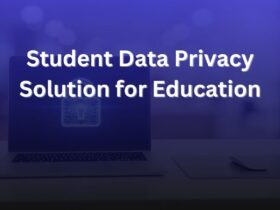


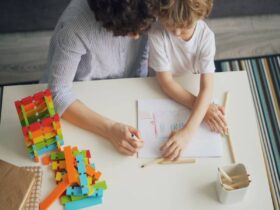



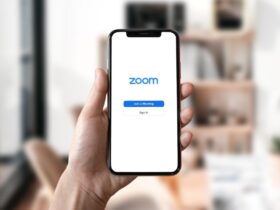
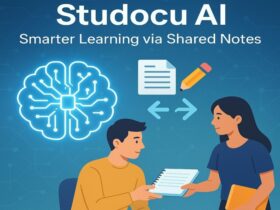













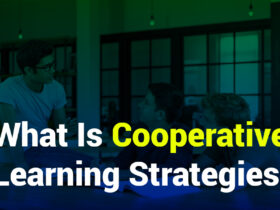






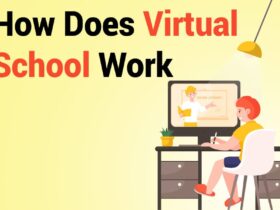
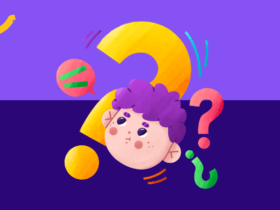


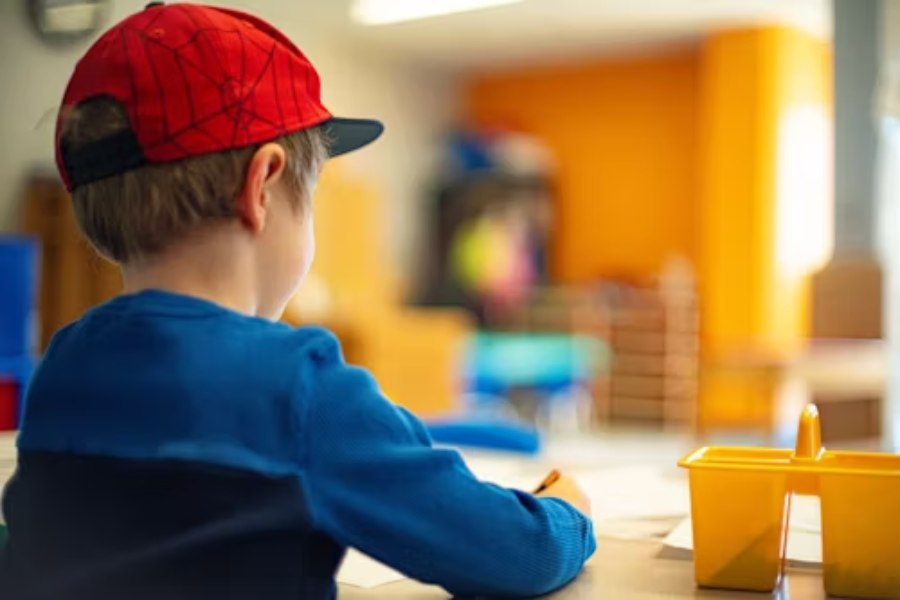



Leave a Reply